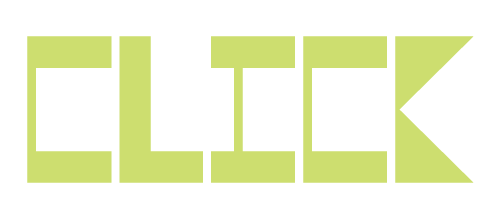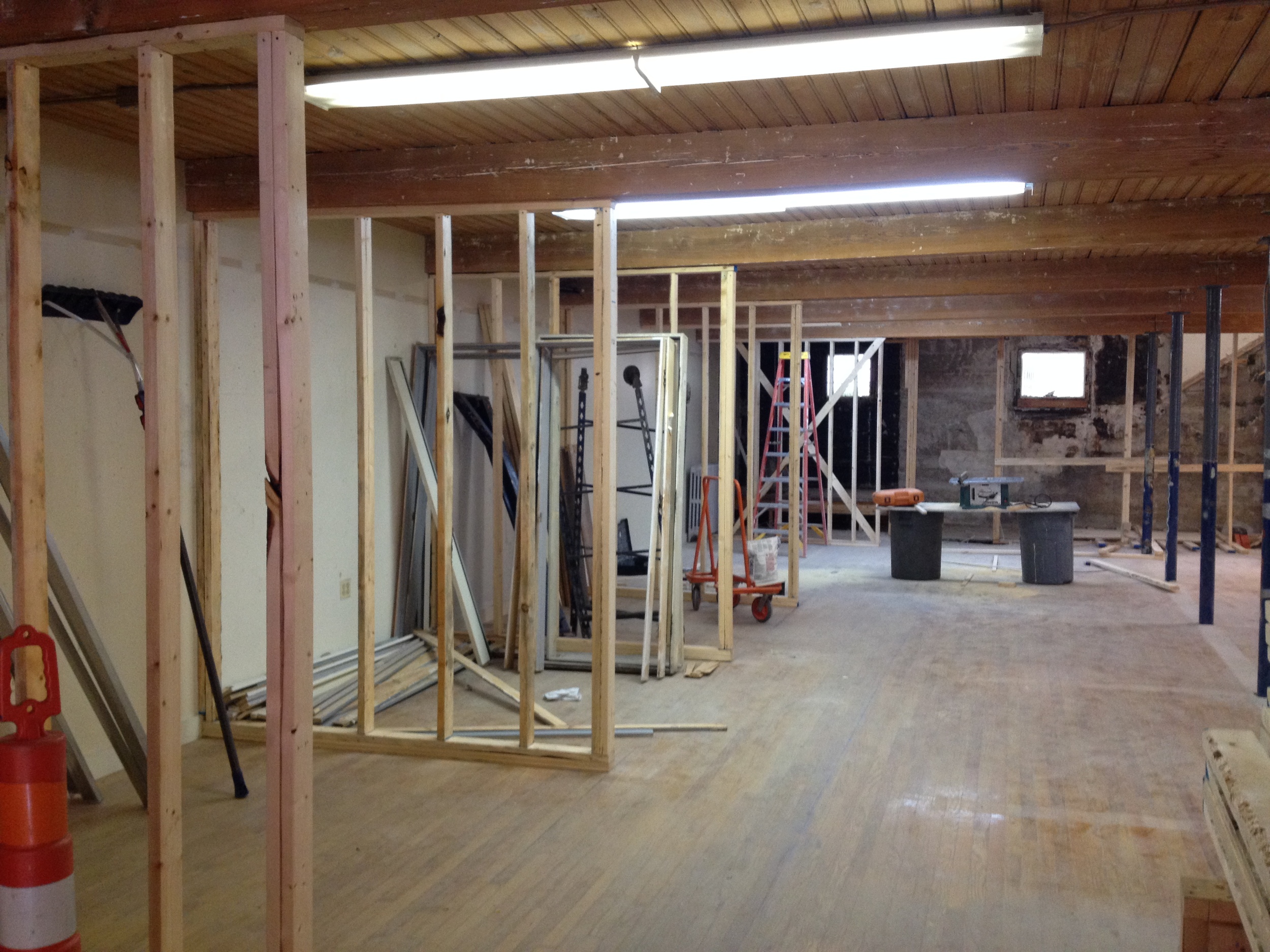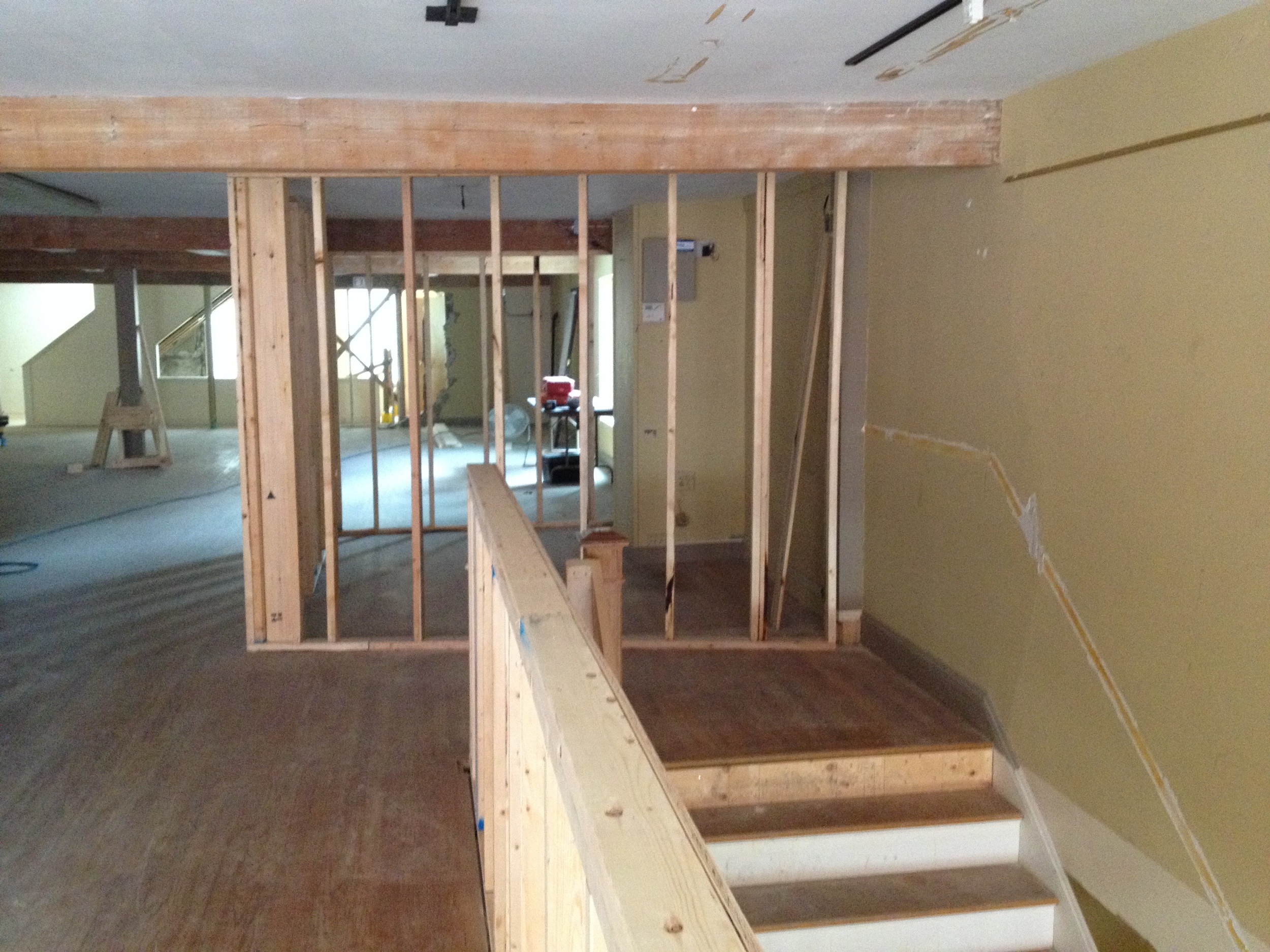Shocking news: it takes guts to start a company. More than guts, actually. To be honest, if you’re not running just shy of arrogant, you’re liable to be pretty anxious. Entrepreneurship is hard. The startup business is complex, difficult, and terribly inconsistent. That’s why most marketers are looking for surefire solutions: strategies that never fail.
These are the heaters. The undeniable, irresistible, and indefatigable forces you deploy when a venture absolutely must succeed. Obviously, these are the strategies you implement in every venture you undergo. Following them all but assures a measure of success.
Of course, if they were 100% successful, then every entrepreneur would be a billionaire. Since that’s obviously not the case, where does that leave us? At the stage of implementation. Even the most intricate battle plan won’t survive first contact with the enemy. Success is driven by your ability to improvise within the confines of your strategies. To execute an idea despite resistance. This requires tactical prowess as well as strategic intelligence.
Still, field commanders look to the general for orders, and the initial strategy has to be as fool-proof as possible. And there are indeed some proven effective strategies for start-up success. Since I started working with Template Monster, the company that has transformed from a small start-up into a huge design outfit, I had a lot of opportunities to understand the thinking behind that process.
Compiled here for your consideration are 5 of the most potent principles of start-up strategy.
1. Feedback and User Generated Content
No start-up can be successful without customers. The way business is conducted these days requires quite a bit of interactivity between business and consumer. You’ve got to reach out to your target audience, learn about their interests, examine their opinions about your products, and invite them to engage with your content.
Plainly speaking, you need to solicit and record user interactions with your brand. Figuring in customer feedback will:
- Inform future marketing decisions
- Discern opportunities for improvement in your services
- And engender good will among your audience.
A good way to accomplish this is by posting positive user reviews on your website. It gives your customers a voice, shows them that they’re appreciated, and stocks your website with fresh content.
2. Agents of Influence
Not only will interacting with your audience increase your company’s credibility, but it will get you plenty of attention. In some cases, you’ll get attention from influential members of niche communities. Word of mouth has always been a powerful form of advertising, but a word from the right mouth in social media will put your exposureefforts on steroids.
Reach out to prominent voices within your industry for a review—not hastily mind you. You’ve got to romance an influencer. Go through a business style courtship ritual, if you follow my meaning. Comment on their blog posts, follow them on Twitter, get into some exchanges, and bring the idea of endorsement up slowly. Pay them if you’ve got the money and the inclination, but it can often be unnecessary to go that far.
3. Fixed Cost Frugality
Notice how everything I mentioned in the first point was pretty cheap? Low overhead is going to be essential to any start-up until it begins to turn a profit. You need to keep your break even as low as possible until you’re not worried about breaking even. That means cutting corners where you can; so long as you don’t sacrifice the quality of your product.
Can your employees work from home? If so, there’s no reason to rent office space. Offer your new hires stock options instead of higher salaries, maximize your marketing budget with social marketing and/or organic search. Store inventory in your garage if you have to. Just make sure you’re stretching the dollar as far as it can go.
4. Step by Step Advertising
There is literally zero excuse to gamble with your advertising budget. There has never been more in the way of cheap or free advertising, and simultaneously it’s never been easier to track the results of your advertising spend through the use of analytic tools.
So how do you approach the marketing budget in your new start-up?
Begin small. Get the organic search traffic going with SEO. That’s ad hoc advice at this point, but here’s the important part: don’t pay for consulting. It’s a big cost with a low return. Instead, make sure your site is built with a paginated, interlinked structure that’s consistently refreshed with quality content.
Target a couple of keywords per page, but don’t oversaturate at the cost of clarity or flow. And don’t go nuts on link building strategies, they’re getting less effective by the day. Useful links from authoritative sites will come naturally so long as your content is solid.
Once you’ve got your site handled, move to paid search ads. Pay close attention to your metrics, and experiment. Paid search is a fickle mistress. Put in the work or she won’t put out. Set relevant keywords, maximum bids, and examine the results. Rinse and repeat weekly, noting the changes you make and the effects the changes have. Straight up scientific method.
After you’ve found effective strategies for organic and paid search, move on to affiliate marketing. Apply the scientific method again, experiment for successful strategies minimizing cost per customer and maximizing their lifetime value as you go. Next move to email and newsletters. Examine metrics, see what works,and abandon what doesn’t.
Then you move to more expensive and less trackable ads, things like radio or TV.
If you work at one avenue of advertising until you’ve mastered it, you can move to the next higher scaled marketing endeavor with greater confidence and no fear of over extending your resources.
5. Preparation + Opportunity = ?
If you answered success, congratulations. You are officially familiar with oft-quoted execu-speak. Please, tell me your thoughts on synergy.
Seriously though, all we’re talking about here is planning. Nothing more than exhaustive, extensive, and painstaking planning is the most infallible of all start-up strategies. Start broad with qualitative company goals, and break it down into quantifiable specifics. Estimate the time required to meet these goals and put them on a timetable, and check your progress weekly. Divvy up goals and projects to your employees so that no one has too much on their plate at once (including you).
Base your timetable on an editorial calendar likea content creator might use to organize their blogging with. It’s probably best to keep this calendar on a collaborative web application such as Google Calendar/Docs/Drive or Evernote. During your weekly meetings refer to the specific analytics measuring each goal on your agenda. Evaluate the numbers and come up with new goals, strategies, and what have you as needed.
Simple organization in vision and workflow will be a primary concern for any start-up far into its evolution into a full-fledged corporate entity.
Approaching the strategic planning phase of your start-up is indeed an intimidating proposition. There’s plenty on your plate that you may never have considered before. If, however, you approach the process with an open mind, a heart for adventure, and an elbow willing to apply grease you’ll find it can be fun figuring out the specifics of applying effective business strategies.
The fun really starts when you see the revenue stream thicken up.
This post originated at http://www.socialmediatoday.com/content/start-strategies-will-always-work





